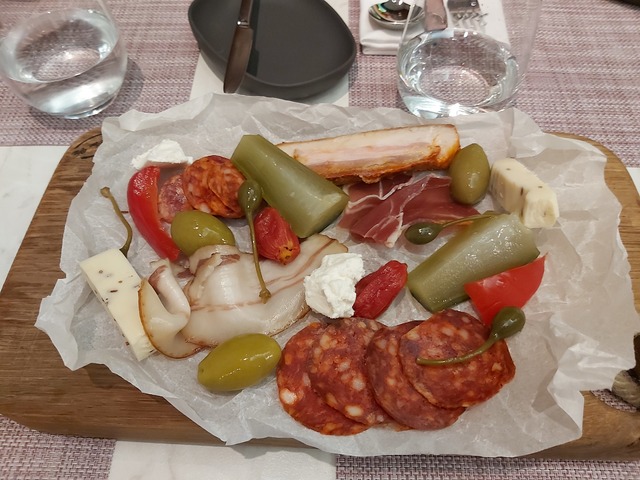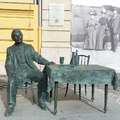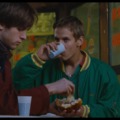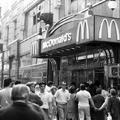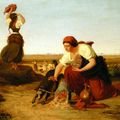Breakfast is Very Important
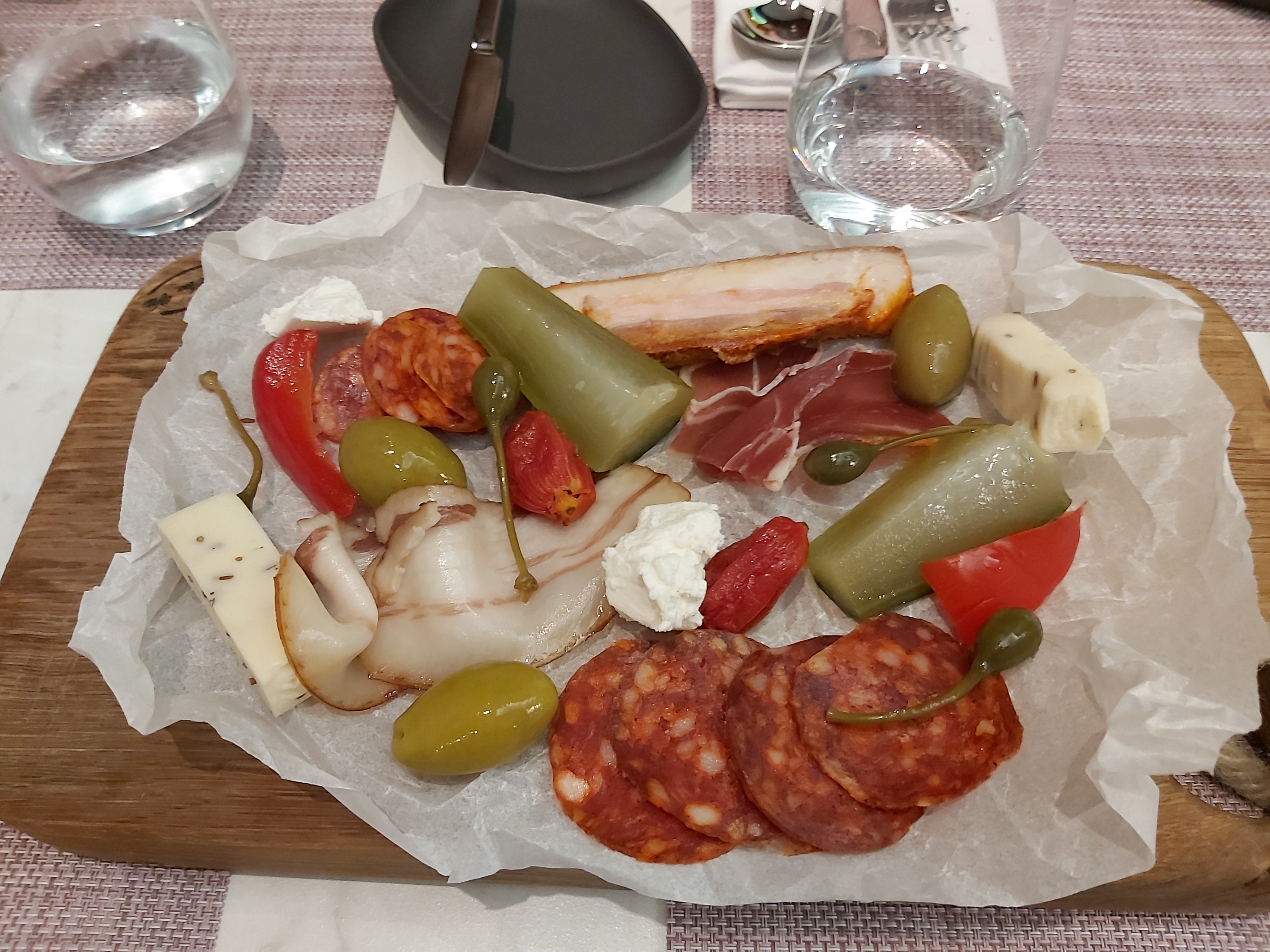
My grandmother often said: ’hey, boy, always start your day with a breakfast!’Do you know, what a Hungarian eat for breakfast? Please, read this post! (Photograph: Kerékgyártó György)
Naturally nowadays the modern urban citizens try to follow the new trends and to eat fresh and healthy foods. But it was not the same in the past. As I wrote in a previous article, the Hungarians had been very poor for centuries, the nutrition was extremly simple and poor in that times for everage poeple, especially in the countryside.
The modern Hungarian history has a very funny stage, this is the late period of the communism or in other name: the Kádár-era. János Kádár was the leader of the communist party end the first man of the country from 1956 to 1989. He recognised, that the state has to make a new deal with the people after the revolution in 1956. What was the deal? I wrote it in another post.
From this time it was very impotant for Hungarian people to know, that there is no hungering anymore. They started to eat nutritious foods, what means, they ate very delicous but fatty and unhealthy dishes and foods. The meat – mainly the pork – became very important. A tipical breakfast in these decades always contained bacon or sousage, salami along with the onion, the tomato, the eggs and the cheese.
I show you some moments from these times and a very exclusive, rustic but healthy breakfast from a greatful bistro in Budapest.
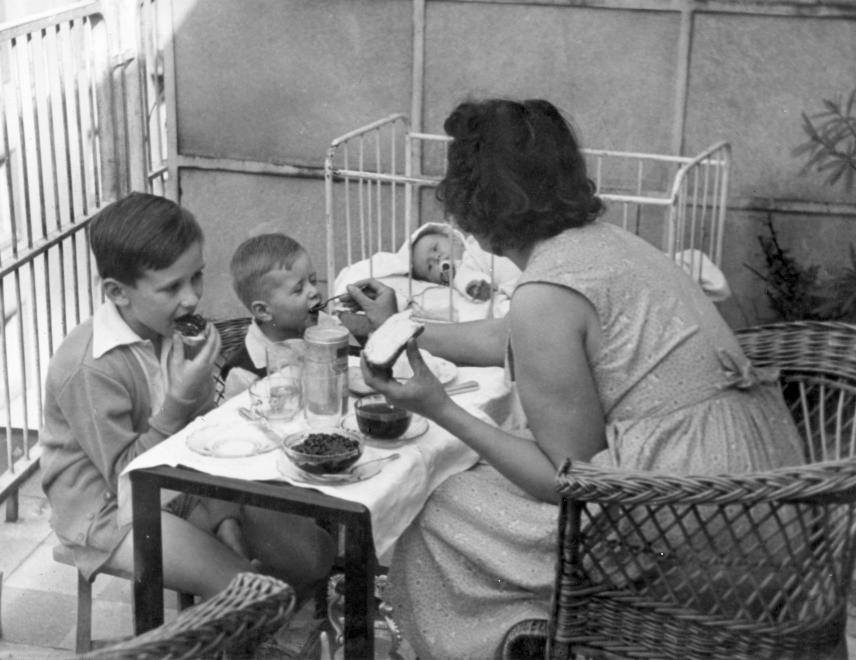
A family in Budapest has a very poor brekafast in 1956, before the revolution. Bread, butter and jam (Photograph: fortepan.hu)
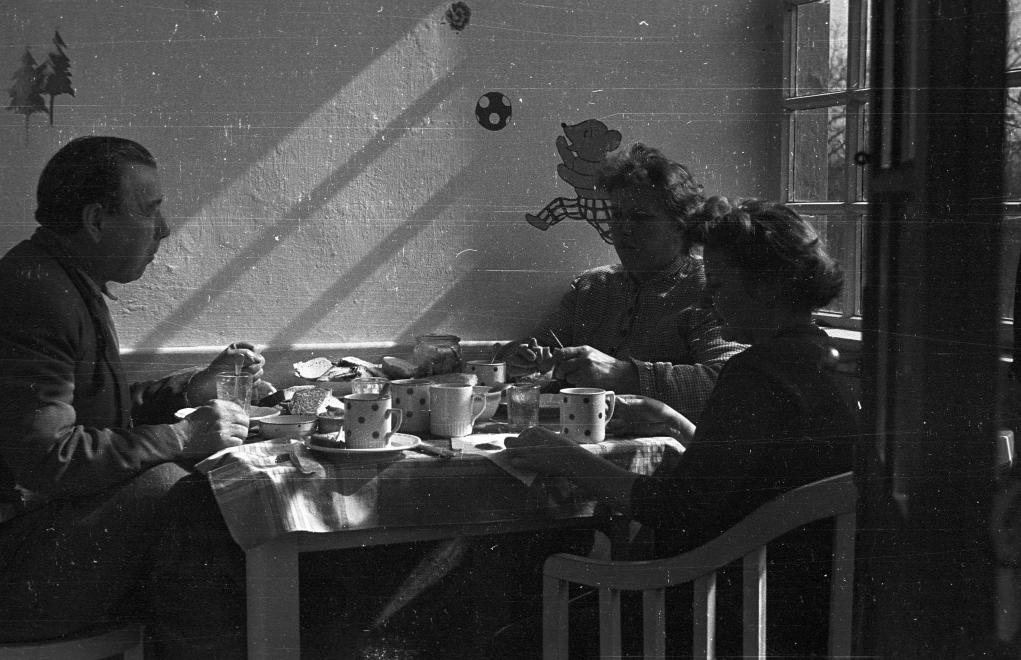
Another family breakfast in 1962 (photograph: fortepan.hu)
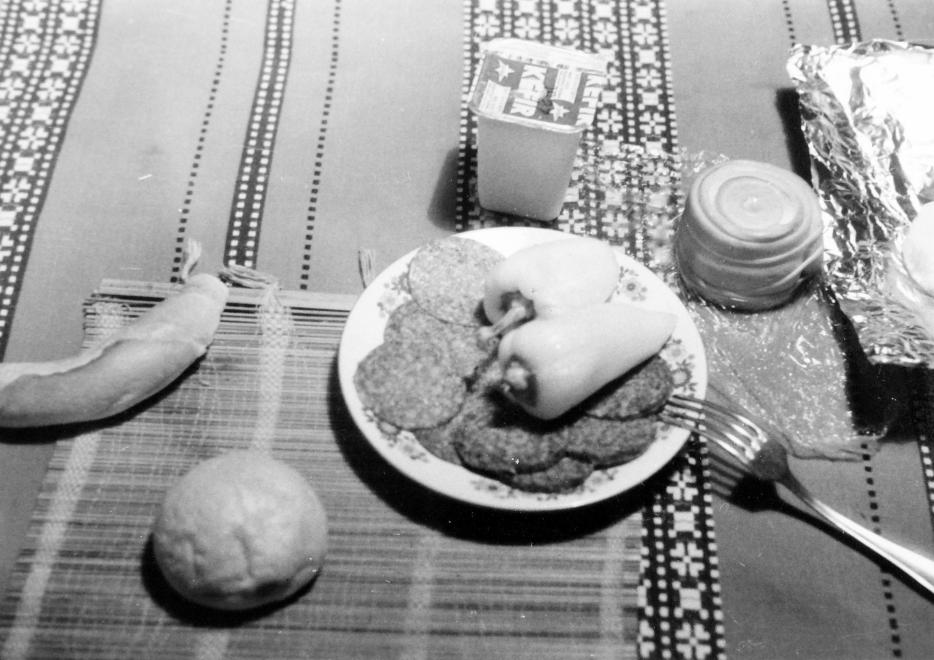
This is an ad from 1982. The governemnt tried to encourage people to eat kefir, but, as you can see, the slamis still had been very important (photograph: fortepan.hu)
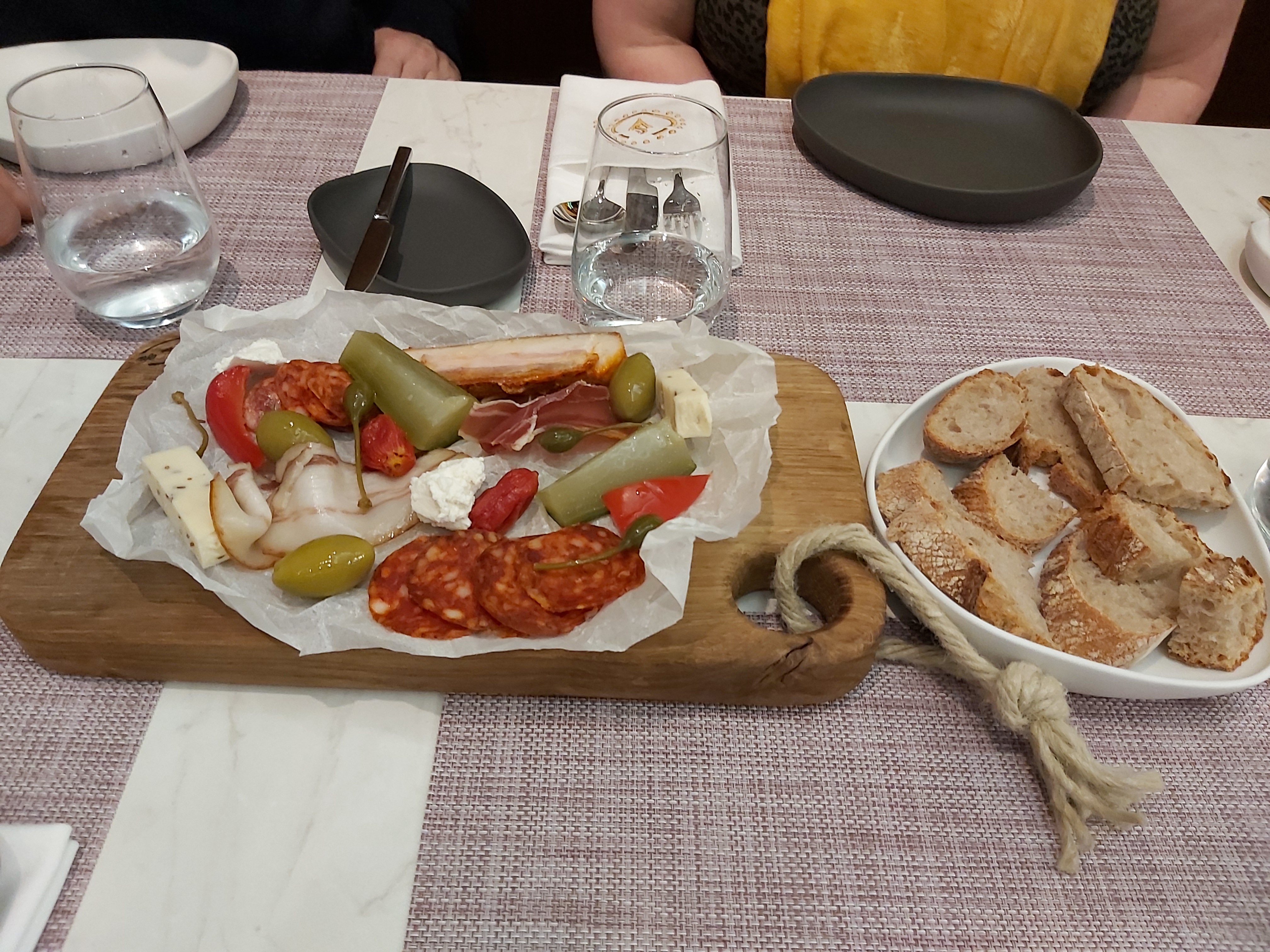
Ant this is a dish in the Vesta Bistro in Budapest. we always visit this place on our tours, and we always taste it. Every meat picks on the pletter is 'mangalica', and they serve it with their own home-baked bread. You can get to know everything about the 'mangalica' on the site of the restaurant (Photograph: Kerékgyártó György)

